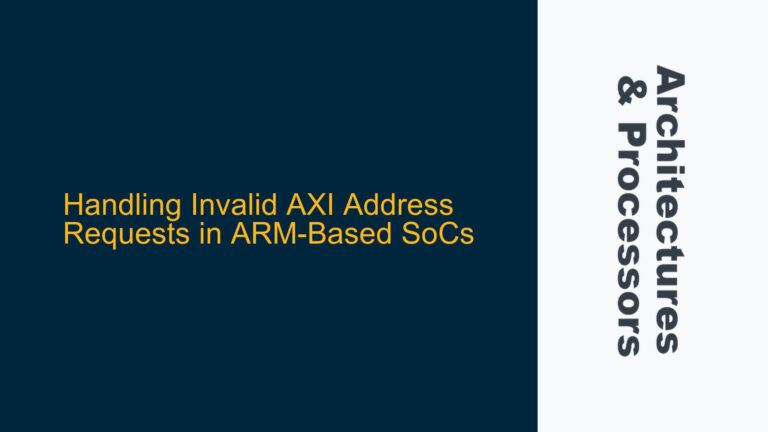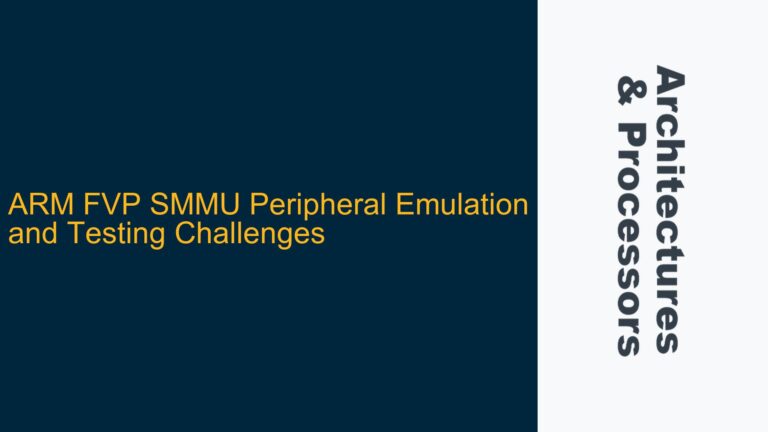External Flash Selection and Integration with Cortex-M0
When integrating an ARM Cortex-M0 processor with external flash memory, the first step is selecting a compatible flash device. The Cortex-M0, being a low-power, 32-bit RISC processor, is often used in embedded systems where external flash memory is required for storing firmware or data. Commercial external flash memories, such as those from manufacturers like Winbond, Macronix, or Spansion, are commonly used. These flash memories typically interface with the processor via SPI (Serial Peripheral Interface) or QSPI (Quad SPI) protocols, which are well-supported by the Cortex-M0.
The choice of flash memory depends on several factors, including storage capacity, access speed, and power consumption. For instance, a Winbond W25Q32JV series flash memory offers 32 Mbit of storage and supports SPI clock frequencies up to 104 MHz, making it suitable for applications requiring moderate storage and fast access. The Cortex-M0’s memory map must be configured to accommodate the external flash, ensuring that the processor can access the flash memory during boot-up and runtime.
To integrate the external flash with the Cortex-M0, the processor’s memory interface must be properly configured. This involves setting up the appropriate GPIO pins for SPI communication, configuring the clock settings, and ensuring that the flash memory is mapped to the correct address space in the Cortex-M0’s memory map. Additionally, the flash memory’s power supply and decoupling capacitors must be carefully designed to ensure stable operation.
Flash Programming Methods: ULINK 2 and FPGA-Based Approaches
Programming the external flash memory can be achieved through several methods, each with its own advantages and challenges. One common approach is using a debug probe like the Keil ULINK 2, which allows for direct programming of the flash memory via the Cortex-M0’s debug interface. The ULINK 2 connects to the Cortex-M0’s SWD (Serial Wire Debug) pins, enabling the programmer to upload firmware to the external flash without requiring a fully assembled PCB.
However, if the Cortex-M0 is implemented on an FPGA, as in the case described, the process becomes more complex. The FPGA must be configured to emulate the Cortex-M0’s debug interface, allowing the ULINK 2 to communicate with the processor. This requires careful synthesis of the Cortex-M0 core within the FPGA, ensuring that the SWD pins are correctly mapped and accessible. Alternatively, the FPGA can be used to implement a custom programming interface for the external flash, bypassing the Cortex-M0 entirely during the programming phase.
Another approach is to design a dedicated PCB for programming the flash memory. This PCB would include the necessary circuitry to interface with the flash memory, such as level shifters, pull-up resistors, and a connector for the programming tool. Once the flash memory is programmed, it can be transferred to the final system PCB. This method is particularly useful when the final system PCB is not yet available or when multiple flash memories need to be programmed in bulk.
Step-by-Step Guidance for Flash Programming and System Integration
To successfully program the external flash memory and integrate it with the Cortex-M0, follow these detailed steps:
-
Select the External Flash Memory: Choose a flash memory that meets the storage and performance requirements of your application. Ensure that the flash memory supports a communication protocol compatible with the Cortex-M0, such as SPI or QSPI.
-
Configure the Cortex-M0 Memory Map: Modify the Cortex-M0’s memory map to include the external flash memory. This involves setting up the appropriate address ranges and ensuring that the processor can access the flash memory during boot-up.
-
Set Up the SPI Interface: Configure the Cortex-M0’s GPIO pins for SPI communication. This includes setting the clock frequency, data width, and other SPI parameters. Ensure that the flash memory’s chip select (CS) pin is properly controlled by the Cortex-M0.
-
Implement the Debug Interface: If using a debug probe like the ULINK 2, ensure that the Cortex-M0’s SWD pins are correctly mapped and accessible. If the Cortex-M0 is implemented on an FPGA, synthesize the debug interface within the FPGA and verify its functionality.
-
Develop the Flash Programming Software: Write or obtain software that can communicate with the external flash memory via the Cortex-M0 or the debug probe. This software should include routines for erasing, writing, and verifying the flash memory.
-
Design the Programming PCB (if necessary): If a dedicated PCB is required for programming the flash memory, design the PCB to include the necessary circuitry for interfacing with the flash memory and the programming tool. Ensure that the PCB design includes proper power supply decoupling and signal integrity measures.
-
Program the Flash Memory: Use the selected programming method (ULINK 2, FPGA-based interface, or custom PCB) to upload the firmware to the external flash memory. Verify that the firmware is correctly written and that the flash memory can be accessed by the Cortex-M0.
-
Integrate the Flash Memory into the Final System: Once the flash memory is programmed, integrate it into the final system PCB. Verify that the Cortex-M0 can boot from the external flash memory and that the system operates as expected.
-
Test and Debug: Thoroughly test the system to ensure that the external flash memory is functioning correctly. Use debugging tools to identify and resolve any issues related to flash memory access or firmware execution.
By following these steps, you can successfully integrate an external flash memory with an ARM Cortex-M0 processor, enabling reliable firmware storage and execution in your embedded system. This process requires careful attention to hardware design, software development, and system integration, but with the right approach, it can be achieved efficiently and effectively.






